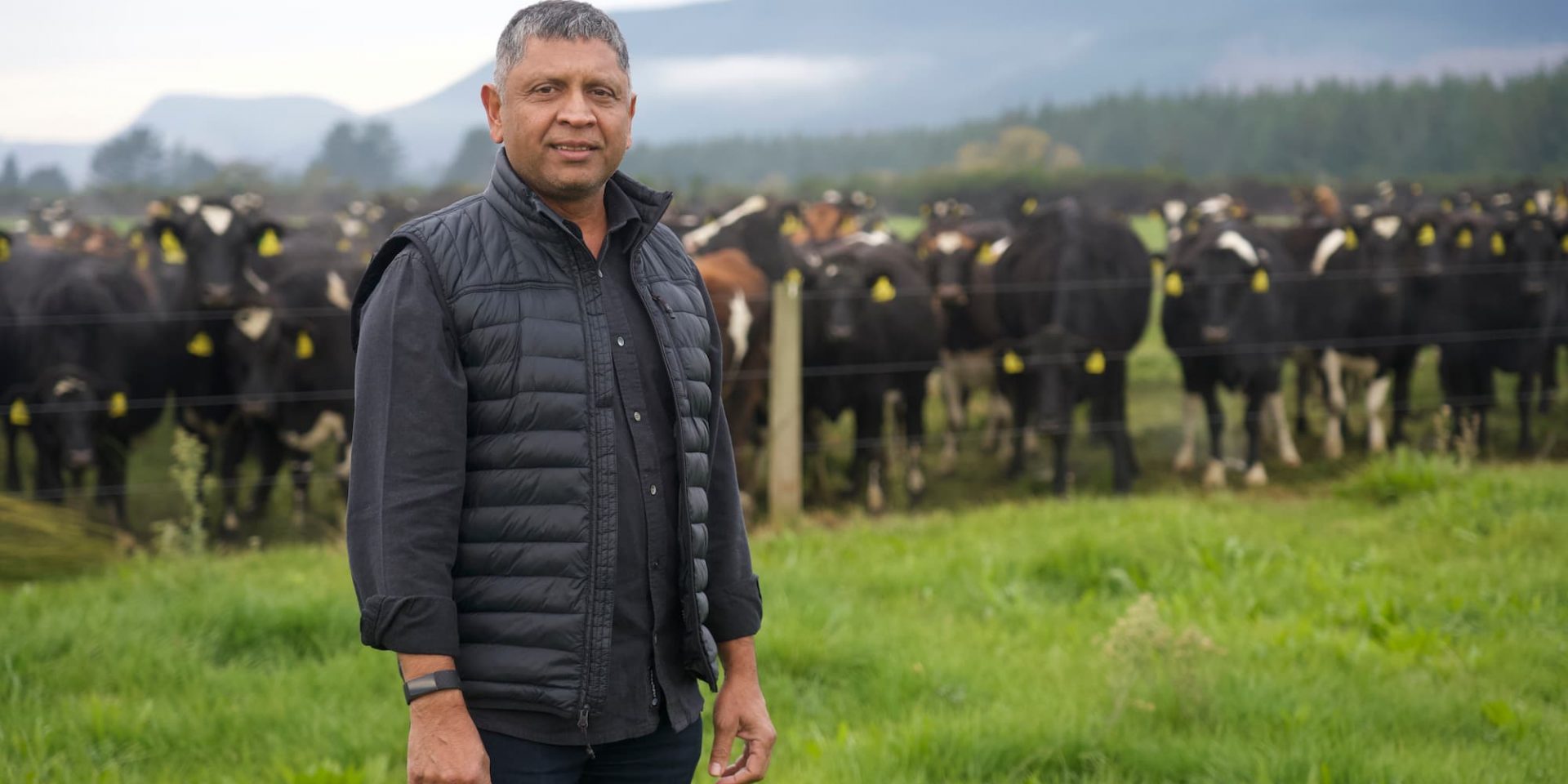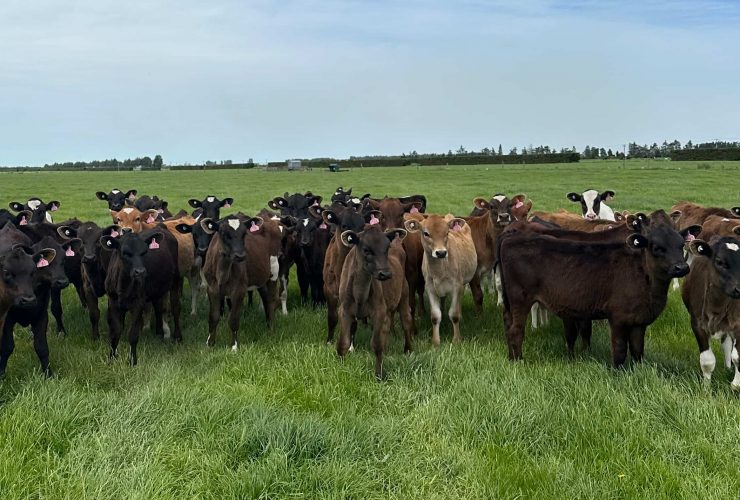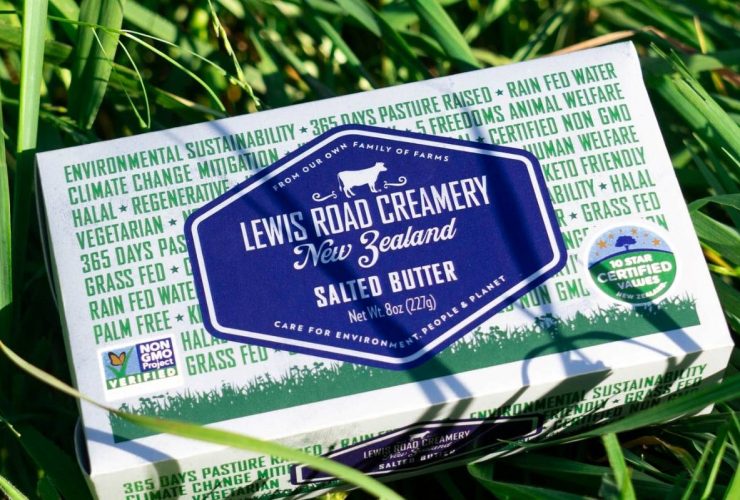New Wine In Old Bottles
OPINION: The recent extreme weather events in New Zealand, which included fatalities and significant property damage, including an estimated $1 billion to the agriculture sector alone, should makes us pause and think again of the best way forward for us to make our contribution to the planet’s climate and food needs.
Who remembers acid rain? Not many I bet, because the problem has largely been solved. But at one stage it was considered an even more urgent threat than climate change for those living under its cloud.
How it was solved is instructive and should help us solve the current pressing climate problems – emissions and a shocking loss of global biodiversity.
In New Zealand we are witnessing discontent among pastoral farmers at proposals to essentially tax agriculture’s carbon emissions. We export 97% of our dairy production to global markets while having the lowest carbon footprint in the world. Our meat producers likewise have the lowest greenhouse gas footprints and our pastoral farmers are on a continuous journey to reduce this year by year.
However, half of our national emissions come from agriculture and so we have little choice but to cut farm emissions to help meet New Zealand’s commitment to the Paris Agreement on Climate Change.
In a way these emissions have become the equivalent of our acid rain: an urgent and addressable problem if the solution incentivises the right behaviour.
The issue of industrial air pollutants reacting with water and oxygen to form noxious sulphuric and nitric acid droplets, or “acid rain”, was solved by imposing a cap and trade system on polluting industries.
What’s more, this solution came faster and at a fraction of the fearsome cost originally envisaged, simply because the structure of the system encouraged tremendous market behavioural response and innovation.
The current response in New Zealand proposes taxes on emissions which many fear will add up to livelihood-threatening costs over time. The sequestration options conceded are negligible and impractical and will do little to meaningfully modify behaviour.
The plan may only achieve its objective by driving farmers out of the industry altogether, which will in itself cause harm to the country’s well-being, and deprive overseas markets of our wholesome low footprint products – which will then be replaced by others producing higher emissions options.
This is an own goal for planet earth.
Cap and trade has been staring New Zealand and the world in the face since the days of acid rain. This solution was championed by President George H.W. Bush and was developed by an “unlikely mix of environmentalists and free-market conservatives”. It is this type of unorthodox thinking that is required to solve the big issues facing us today.
In its most simple form, a cap and trade would see governments set sinking emissions caps. Farmers under the cap would get credits, which those above the cap would have to buy off them. Farmers would also be able to earn ‘biocredits’ for promoting biodiversity and carbon credits for carbon sequestration, including soil carbon sequestration.
This is a particularly appealing solution because it promotes continuous virtuous behavioural change to actively farm in a way that captures carbon, promotes biodiversity and reduces emissions.
It provides a direct answer to the two key global ‘COPs’ – Climate Change COP and Biodiversity COP. Climate change is directly related to soil health and loss of biodiversity.
If we are to successfully confront the climate crisis in the long term, we need to encourage native planting wherever it can be accommodated for the dual purpose of carbon sequestration and biodiversity promotion – even if there is a cost in the short term and a slower rate of sequestration than exotic forests. Biodiversity credits, or ‘biocredits’, are also emerging as a tradeable unit of biodiversity that can incentivise nature conservation.
To simply penalise farmers for outputs is akin to single entry accounting. It is illogical and unfair.
Currently, pastoral farmers only get paid for the products that are sold to processors. A cap and trade system would essentially allow for double entry accounting. It would measure emissions as a cost against revenue for other social goods provided, including carbon sequestration, ecological preservation and biodiversity promotion.
First published on: Rural News Group






